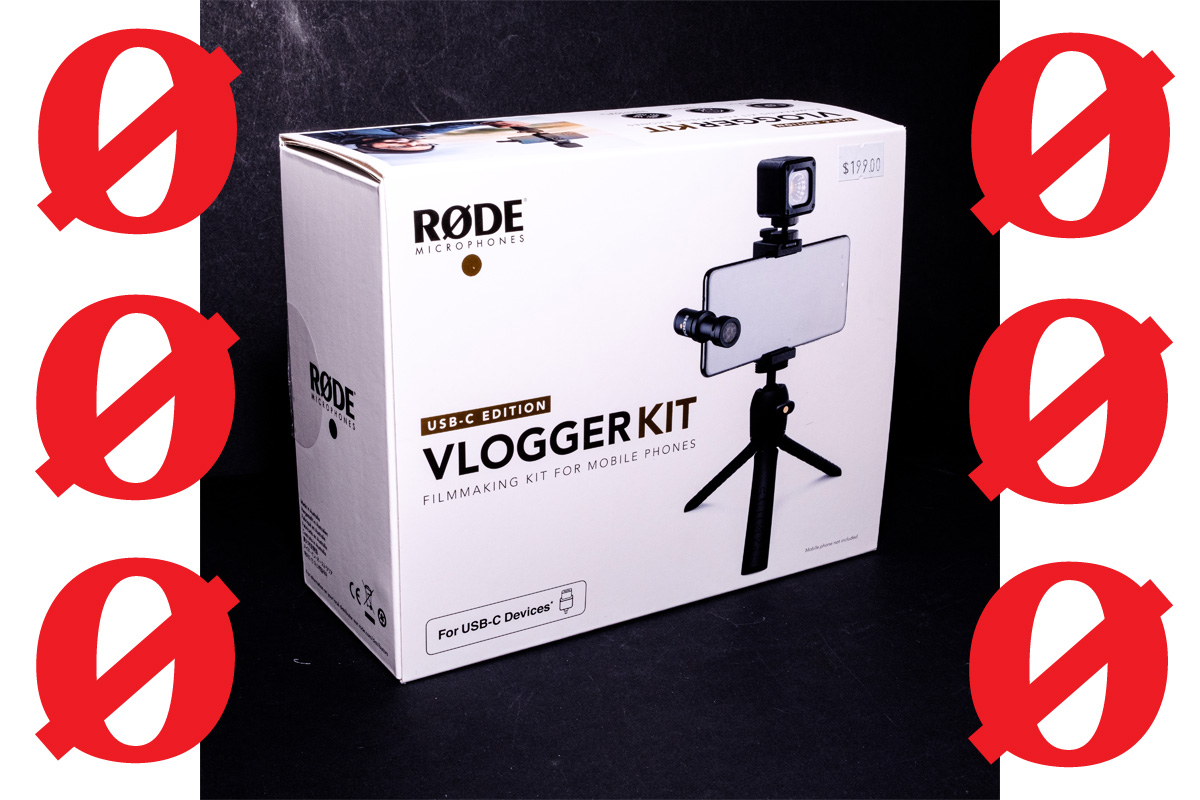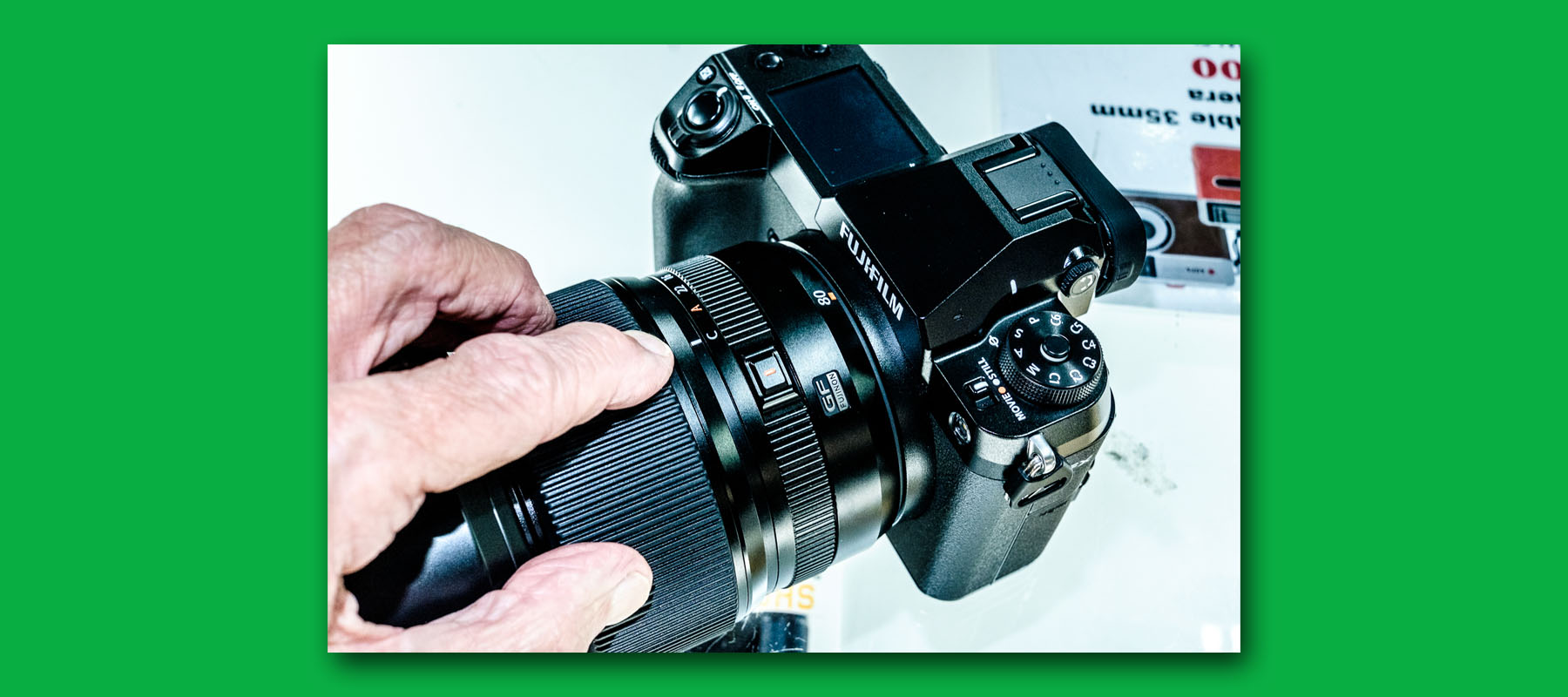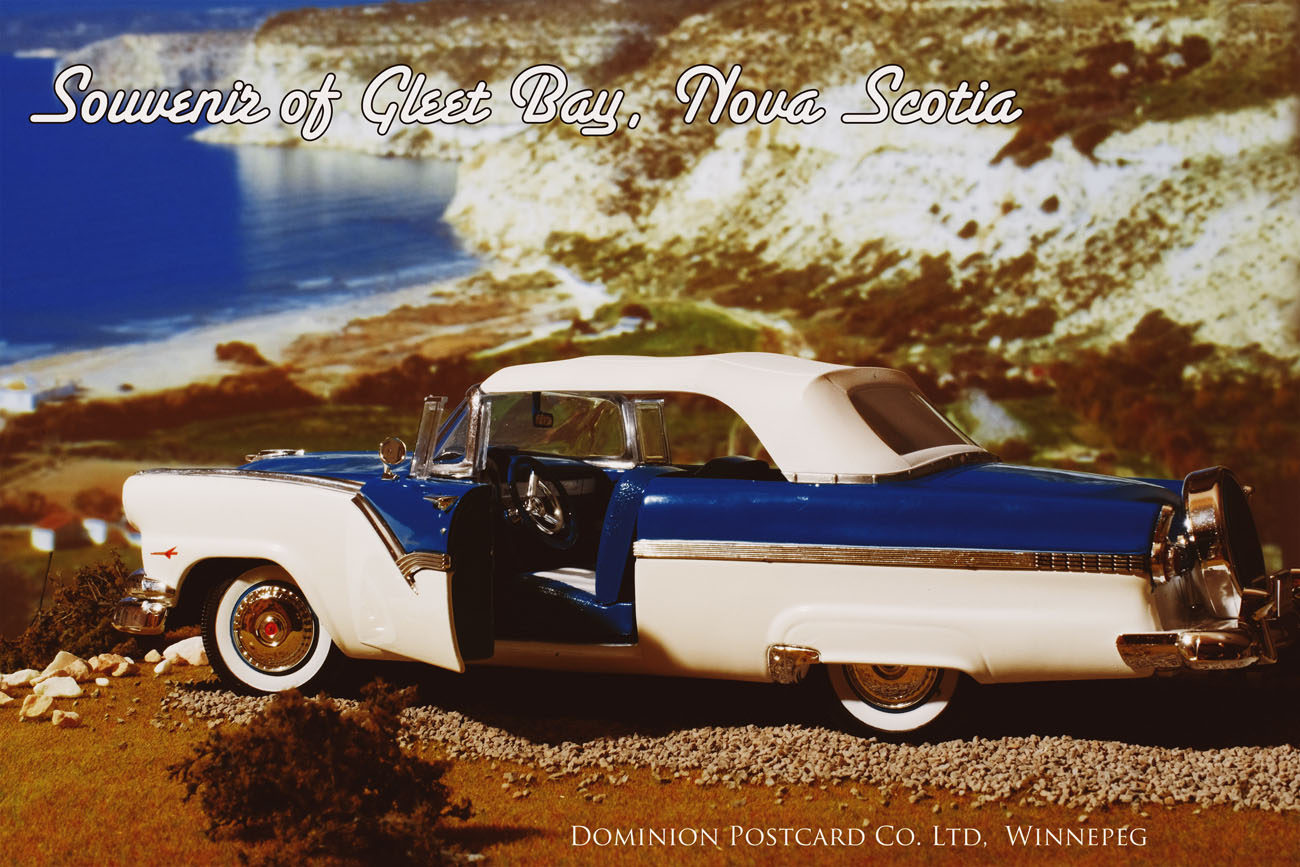31 Mar Big Bang Canon
In the rush to supply cameras that shoot images to a fabulously high ISO we often forget that there is such a thing as an on-camera flash. That is until we try the ISO trick in some place that not only has insufficient light, but suffers from foully mixed colour emperatures and a subject that moves faster than we can cope with. Eventually all the high-tech solutions to seeing are exhausted and we either have to light up the subject or go home. Canon have always made a very popular and capable set of electronic flashes that integrate with their cameras. The latest one - the Speedlite EL-1 is in the Murray Street shop right now. The basic form of the thing is the same as it has always been - large tilting head - electronics and batteries in the bottom - and a multi-contact foot for the hot shoe. With the EL-1 , however I note some new things that I haven't encountered before: a. High-capacity Lithium ion battery for 300+ full power flashes and a full power recharge time of .9...










